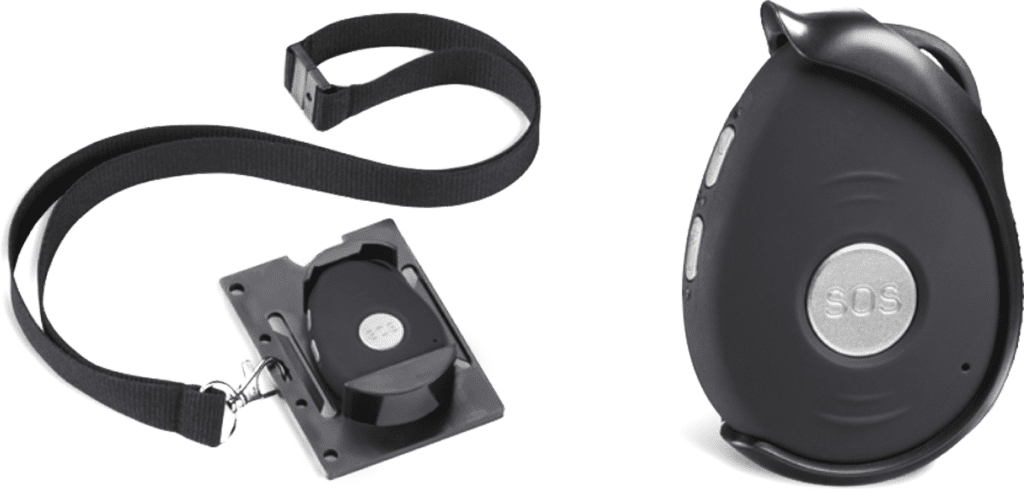With a significant rise in the amount of staff working alone across a range of environments, it’s paramount organisations act as a responsible employer to provide a duty of care to their remote workforce. With regulations in place, organisations are progressively implementing lone worker protection solutions throughout their workforce. This includes the provision of lone worker devices provided to each staff member. However, employers need to understand the most suitable lone worker devices which are best suited to their workforce in order to assure compliance and safeguard their staff.
What lone worker devices are available and how do they work?
Since the pandemic, the majority of office-based jobs are being carried out at home with today’s technology enabling us to remotely communicate and collaborate with colleagues as easily as face to face. Organisations must ensure control measures such as monitoring tools or systems are in place to protect the wellbeing of their lone workers.
However, there is a variety of different types of lone workers across various different roles. For example, a lone worker could be identified as an engineer working physically alone, staff working at an unmanned building, working late at night, or workers facing the public as this puts them in a vulnerable position.
Additionally, within other sectors, there are a range of workers who could be identified as being at risk. Field staff regularly find themselves working alone in high risk or hazardous environments such as working from a height, rural locations, with dangerous machinery or chemicals or in extreme weather conditions.
By implementing a arrange of lone worker devices, organisations can ensure visibility of staff while employees are assured they are equipped with the most suitable technology to escalate any issues.
The basic function of lone worker devices is to raise an SOS alarm if a user is in danger, has injured themselves or feels threatened or in a vulnerable situation. Organisations are advised to implement a range of lone worker devices throughout their workforce to equip different roles and situations and ensure the most suitable device is in place. Examples include the below, each with a range of features:
SOS Fobs:
SOS Fobs utilise GPS and GSM technologies to enable organisations to locate lone workers, while also enabling staff to speak directly to an Alarm Receiving Centre (ARC) if they feel they are in a dangerous environment. The fobs are generally light weight and can be worn via a lanyard for example.
ID Badge:
Particularly suitable for any role where a form of identification is required, the ID badge doubles as a lone worker protection device.
SOS Button:
Staff can attach a small button device to a lanyard or clip and quickly alert staff via a click of the button.
Lone worker App:
Lone workers can use an app on their mobile device. This app provides them with all key lone worker protection features at the push of a button.
Lone worker devices from Totalmobile
It’s important that organisations choose the correct type of lone worker devices to monitor and protect their workforce. At Totalmobile, our lone worker protection solution – Protect offers a comprehensive range of alarms, fobs and devices suited to your workforce needs and which ultimately help safeguard your staff. To find out more, visit our website here, or download our brochure.








